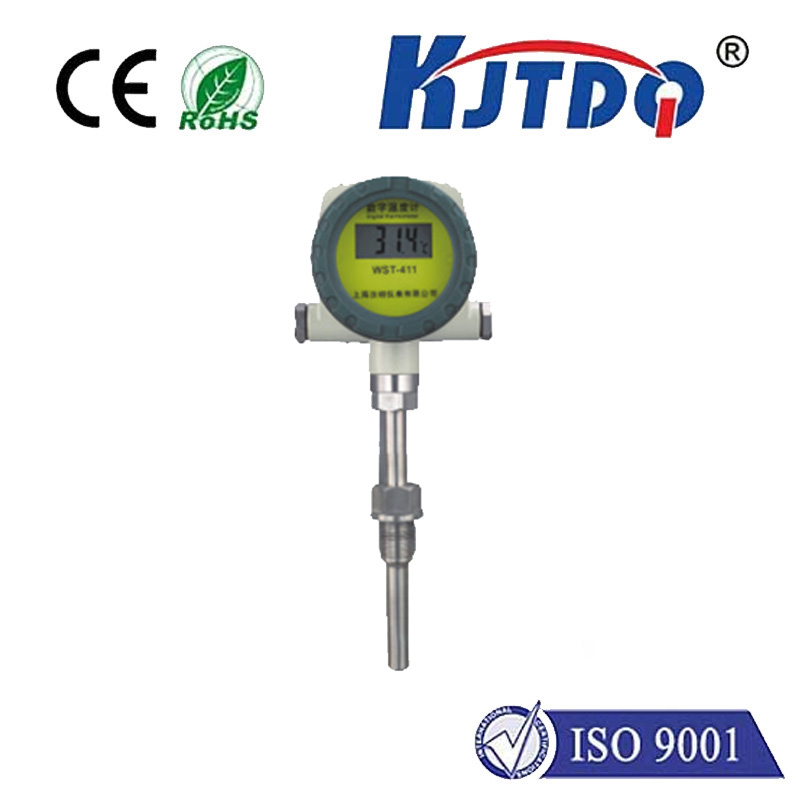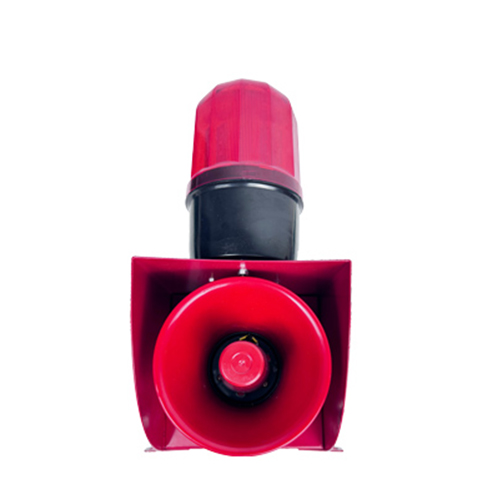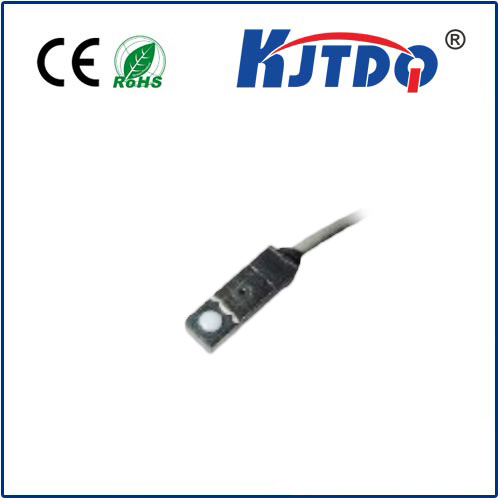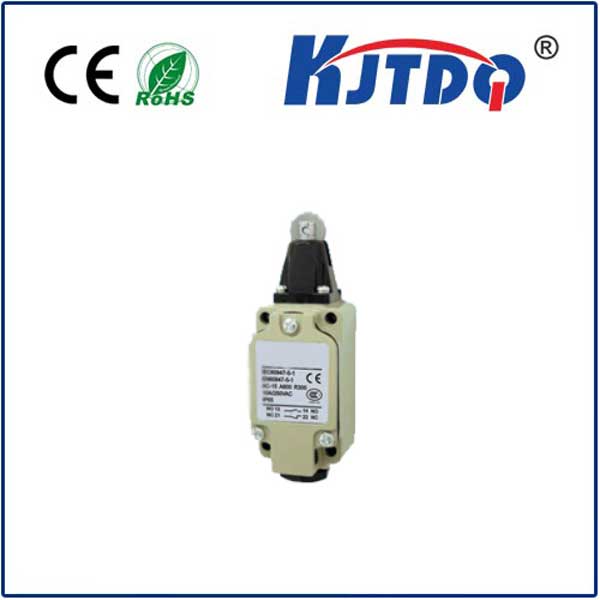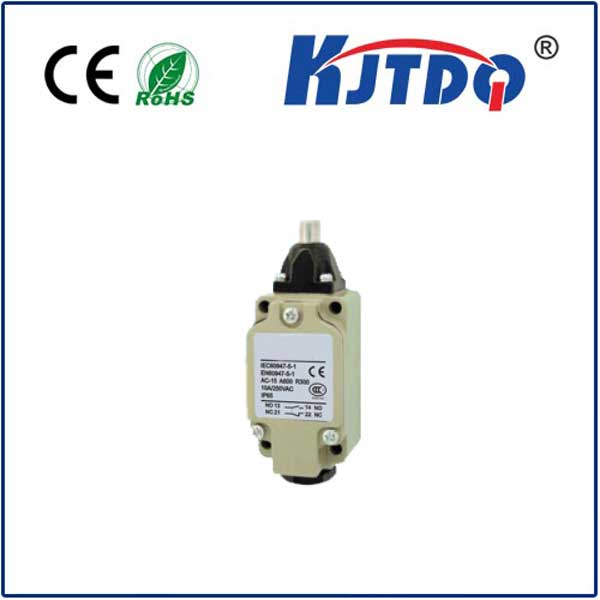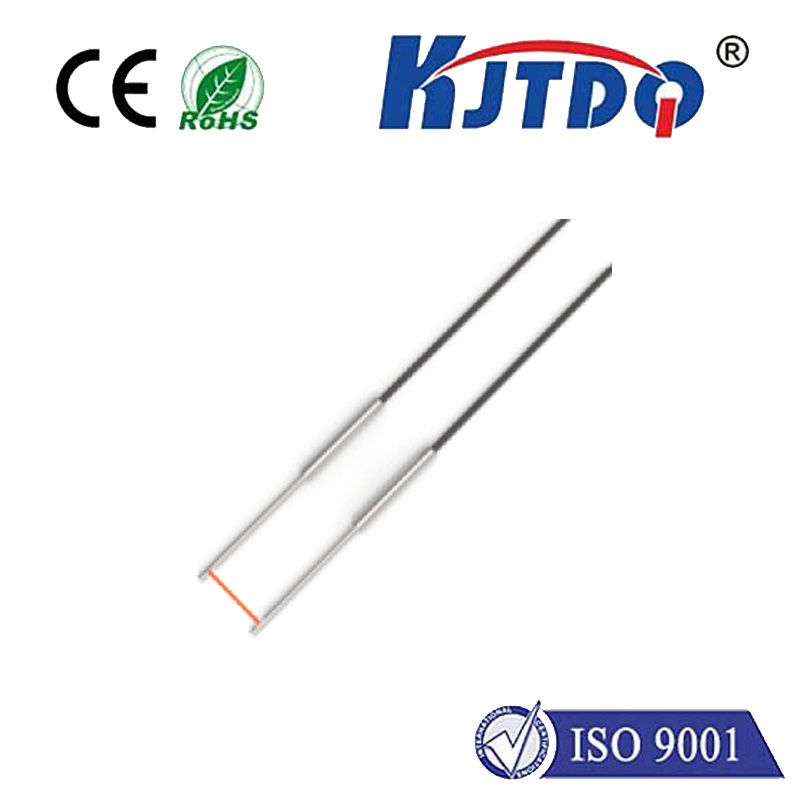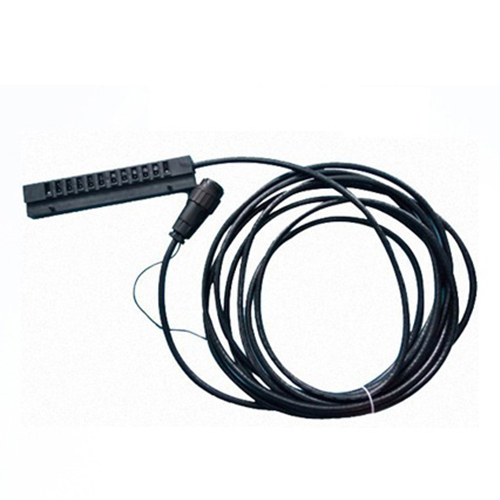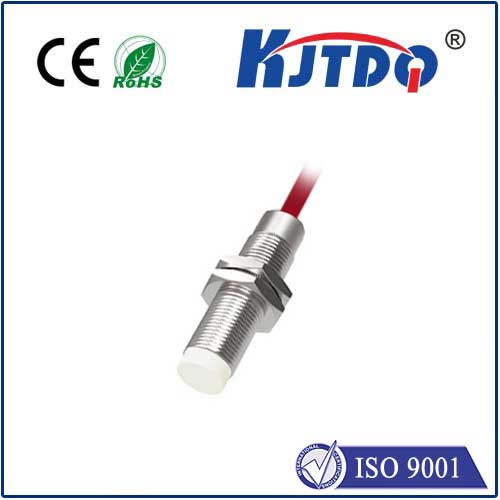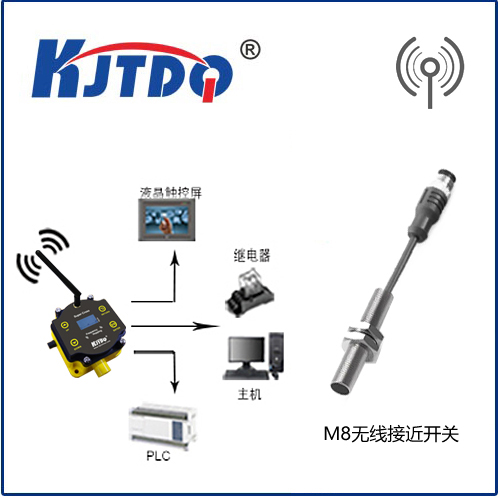

check

check

check

check

check

check

check

check

check

check
Laser Displacement Sensors: Revolutionizing Precision Measurements
In the world of precision engineering and measurement, the laser displacement sensor stands as a revolutionary tool that has reshaped industries across the globe. These sensors leverage the properties of laser light to measure distances with an unparalleled level of accuracy and resolution. In this article, we will delve into the working principle, applications, and benefits of laser displacement sensors.
The Working Principle of Laser Displacement Sensors
At its core, a laser displacement sensor operates by emitting a laser beam onto a target surface. The light reflected back from the surface is then detected by the sensor, which calculates the distance based on the time it takes for the light to travel to the target and return. This non-contact method eliminates potential errors introduced by mechanical wear or environmental factors, ensuring reliable measurements over extended periods.
Applications Across Industries

Laser displacement sensors have become indispensable in various sectors due to their ability to provide precise, real-time data. In manufacturing, they are used to monitor component dimensions during production, ensuring quality control. In the automotive industry, these sensors aid in the assembly process, checking the correct placement of parts. Additionally, they play a crucial role in robotics, where they enable machines to navigate their environments with accuracy, contributing to tasks such as welding, cutting, and material handling.
Benefits Beyond Accuracy
One of the most significant advantages of using laser displacement sensors is their high resolution and repeatability. They can detect minute changes in distance, making them suitable for applications requiring micrometer-level precision. Moreover, their fast response times enable real-time feedback, allowing for immediate adjustments during dynamic processes. Their non-contact nature also means they can be used on delicate or hot surfaces without causing damage or distortion.
Integrating Technology with Versatility
Laser displacement sensors can be integrated into a wide array of systems, from simple handheld devices to complex automation setups. Their compatibility with computers and other electronics allows for seamless data integration into larger monitoring and control systems. Furthermore, advancements in technology have led to compact designs and increased durability, making these sensors suitable for harsh industrial environments.
Embracing the Future of Measurement
As technology continues to evolve, so too does the capability of laser displacement sensors. With ongoing research focused on improving accuracy and reducing costs, these sensors promise to deliver even more advanced features in the future. From enhancing machine vision capabilities to enabling more sophisticated autonomous systems, the potential applications of laser displacement sensors seem boundless.
Conclusion
Laser displacement sensors stand at the forefront of modern measurement technology. Their ability to provide highly accurate and repeatable measurements across diverse industries has made them an essential tool for those seeking precision and efficiency. As we continue to push the boundaries of what's possible, these sensors will undoubtedly play a critical role in shaping the future of manufacturing, automation, and beyond.
